
Alan
I live in a very small village of 17 people, so I am that 1 person out of 17 who lives with or is affected by a rare condition.
Read more

1 in 17 people in the UK will be affected with a rare disease.1 I am number 17 is a campaign to help the voices of those with rare diseases to be heard.
Show your support for the campaign
Statistically speaking, I’m sat on your bus to work every day; I’m out keeping active on a Tuesday; I’m there when you’re grabbing last-minute dinner ingredients from the supermarket. Who am I? I am the one in 17 people in the UK affected by a rare disease at some point in their life.1 I could be on my way to yet another appointment with a perplexed doctor, or just back from a world record attempt. I could be the parent of a child with a rare disease, learning to deal with the complexities of my child’s condition. Or I could have the most perfectly blended eyeshadow, which I nailed despite my arms being too weak to raise more than an inch.
I might have tuberous sclerosis, hereditary angioedema, Ehlers-Danlos syndrome, or any one of a myriad of conditions you’ve probably not heard of. Don’t worry, hardly anybody’s heard of my condition. I might have a rare disease or one that is extraordinarily rare. Whilst my experience gets shared with my family and friends and people similar to me, it’s not been shared much beyond that.
I am number 17 is a campaign to help the voices of those with rare diseases be heard, brought to you by Takeda, together with Rare Disease UK and 11 other rare disease advocacy groups from across the UK. Our goal is to increase the understanding of what it is like to live with a rare disease and show that rare isn’t always that rare.
Helping spread the word are #IAmNumber17 changemakers, each with their unique experience to share.

I live in a very small village of 17 people, so I am that 1 person out of 17 who lives with or is affected by a rare condition.
Read more
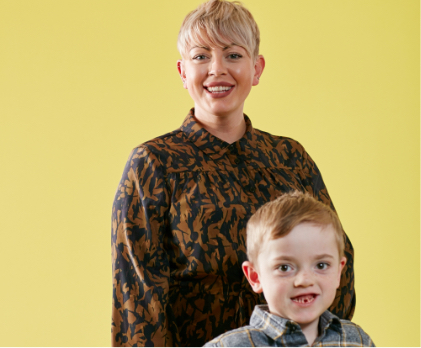
I would like to raise more awareness of the different rare conditions and make it easier for people to get diagnosed, so you don’t have to wait so long and fight for everything.
Read more
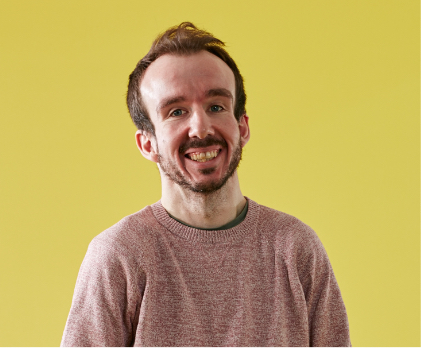
I have occipital horn syndrome. I call it OHS, it’s ultra-rare and I’m the only person in the UK living with it. The disease affects every aspect of my life.
Read more

I want to be part of representing disabled people, help create inclusion and diversity. I want to be a role model I wish I had when I was growing up with my disability.
Read more
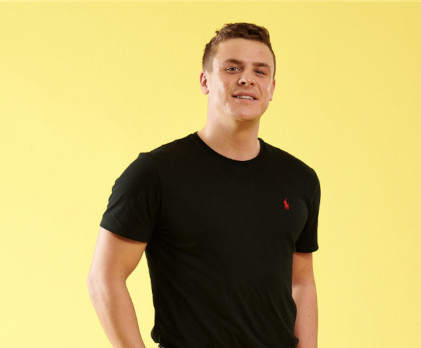
For as long as I can remember, I have lived with haemophilia, a rare bleeding disorder. When I was little, I had a lot of bleeds into my elbow, knee and ankle joints, which are badly damaged as a result.
Read more
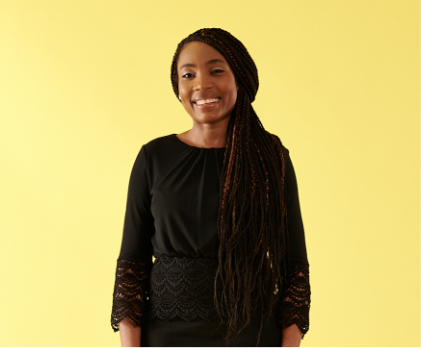
I was diagnosed with sickle cell, a genetic blood disorder that affects the red blood cells. My loved ones are an essential part of me getting through this disease. I am one of the 17.
Read more

I have lived with Hereditary Angioedema (HAE) all my life, I was born with it, and was symptomatic from about 2 years old. When I was diagnosed, I didn’t know anyone else with the same condition as me, which was rather challenging.
Read more

My condition is Ehlers-Danlos syndrome. I had over a decade of questions, being told it was all in my head. It would be so wonderful if I went up to someone and said I have EDS and they didn’t say ‘what’s that?’
Read more

It would be brilliant if there was more awareness of rare diseases and an increase in public understanding. I used to be one of those people; I was unaware.
Read more
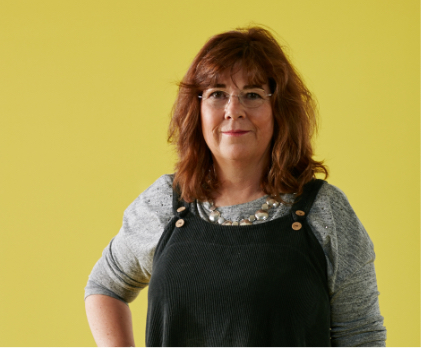
They thought I was okay at first, but by the time I was 6 months old I couldn’t sit up. As I got older, I got worse. I had two beautiful girls, but as soon as they were old enough, I taught them to hang on to me, rather than picking them up.
Read more

I live with Feingold Syndrome. I suffer from the shortening of my fifth finger that curves inwards, and also have webbed toes. I was often bullied at school because of them.
Read more
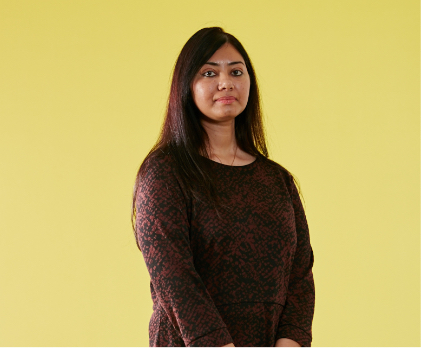
Once you tell people that you have a rare disease, they start treating you differently. They start feeling sorry or pity for you. Although, we truly appreciate their support, that’s the last thing we (living with invisible disease) want.
Read more
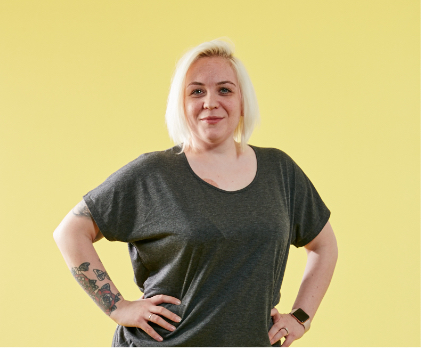
I received my EDS diagnosis at the age of 21. This is the first time I’ve ever been this open. The reason I’m putting myself in this vulnerable position is, so awareness increases about rare conditions.
Read more
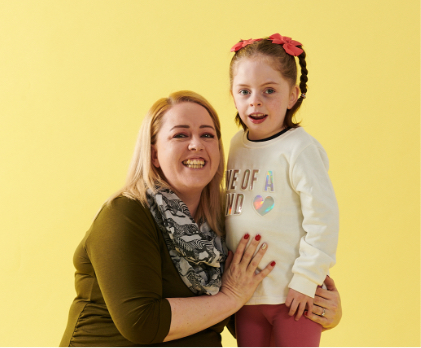
Hannah’s primary diagnosis is Inv Dup Del 8p, a rare genetic condition with only 65 known affected worldwide. She is also a daughter, a sister, a granddaughter and Nana’s Hannah. She is a cousin, a friend, a student and a teacher.
Read more
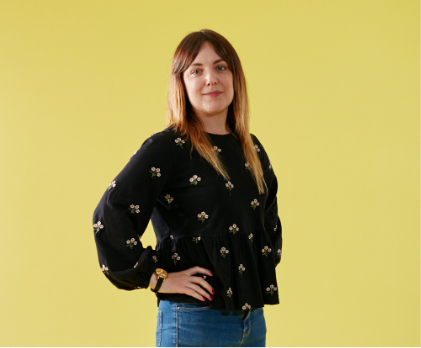
I was diagnosed at 18 months old when I started to walk, so I’ve lived with XLH as long as I can remember. I always have some level of pain and stiffness; however, it can be manageable.
Read more
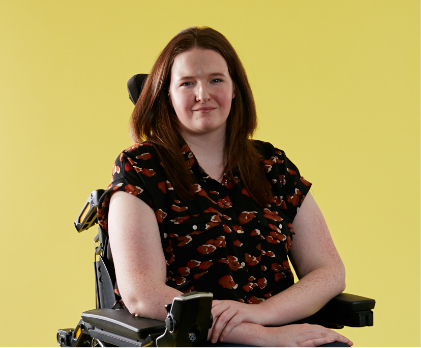
It is important to have as many voices out there as possible. Not one person is the same. People underestimate the value of using their own voice.
Read more

On 28th February 2014, my son Adnan was born. Adnan was rushed to intensive care as soon as he was born. After a few weeks of multiple tests, the doctors told us he may have a rare genetic disorder called Mucolipidosis Type II.
Read more
To learn more about the patient groups who co-created this campaign, click on the below links to visit their website.
This campaign isn’t just about us – it’s about you. If you live with or care for someone with a rare disease, share your experience on social media using the hashtag #IAmNumber17.